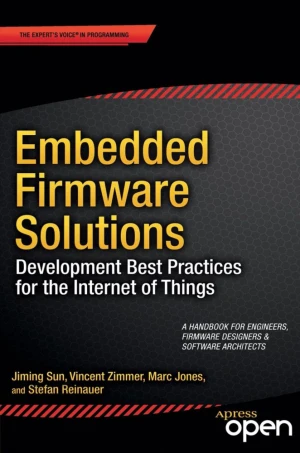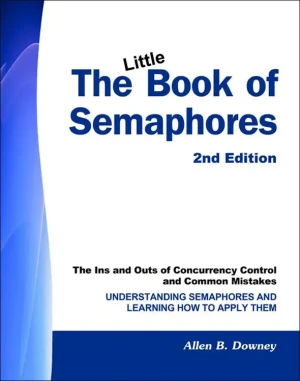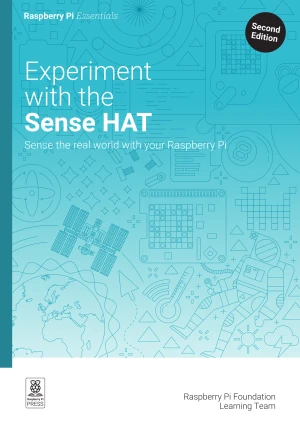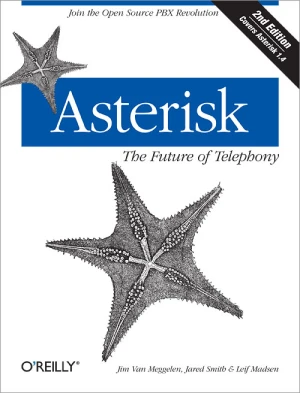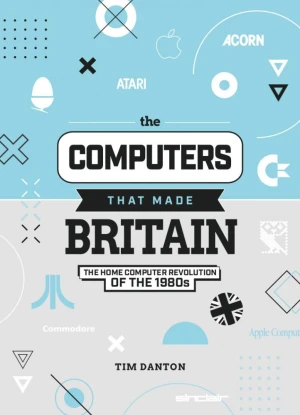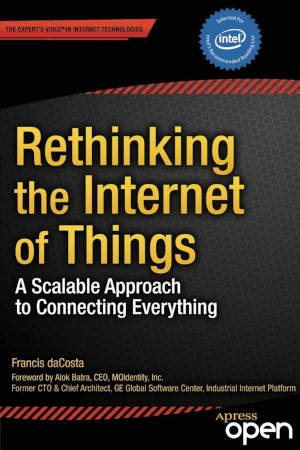Enabling Things to Talk
Designing IoT solutions with the IoT Architectural Reference Model
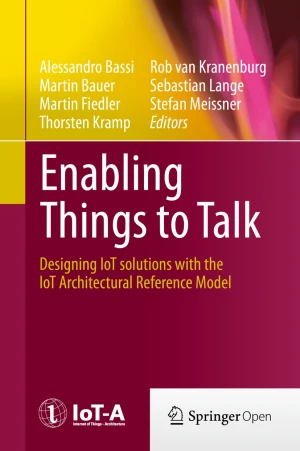
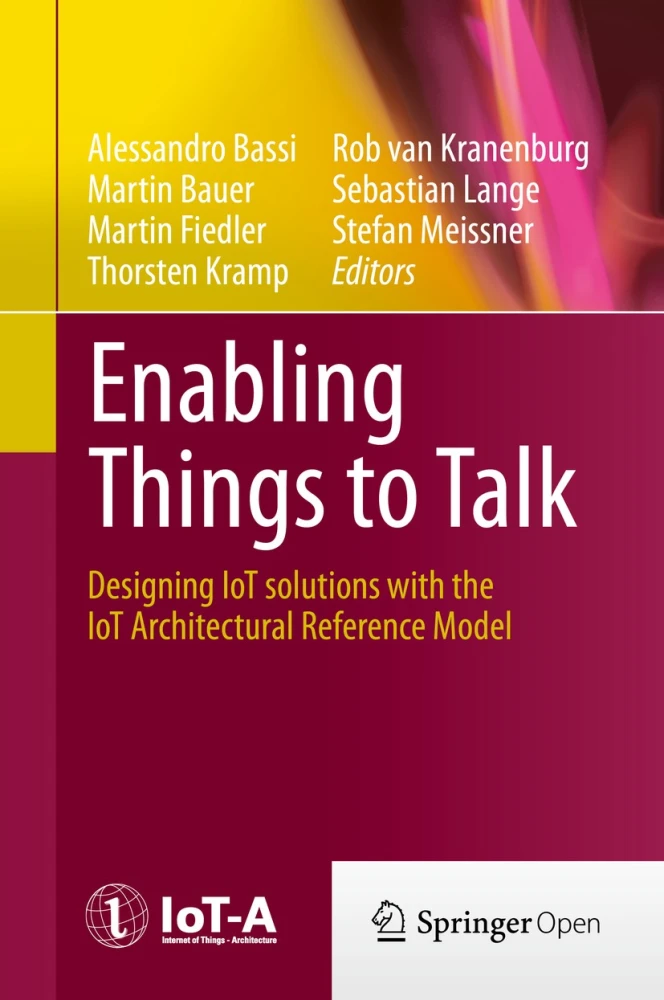
Book Details
| Authors | Alessandro Bassi, Martin Bauer, Martin Fiedler, Thorsten Kramp, Rob van Kranenburg, Sebastian Lange, Stefan Meissner |
| Publisher | Springer |
| Published | 2013 |
| Edition | 1st |
| Paperback | 352 pages |
| Language | English |
| ISBN-13 | 9783642404023, 9783662524947, 9783642404030 |
| ISBN-10 | 3642404022, 3662524945, 3642404030 |
| License | Creative Commons Attribution-NonCommercial |
Book Description
The Internet of Things (IoT) is an emerging network superstructure that will connect physical resources and actual users. It will support an ecosystem of smart applications and services bringing hyper-connectivity to our society by using augmented and rich interfaces. Whereas in the beginning IoT referred to the advent of barcodes and Radio Frequency Identification (RFID), which helped to automate inventory, tracking and basic identification, today IoT is characterized by a dynamic trend toward connecting smart sensors, objects, devices, data and applications. The next step will be "cognitive IoT," facilitating object and data re-use across application domains and leveraging hyper-connectivity, interoperability solutions and semantically enriched information distribution.
The Architectural Reference Model (ARM), presented in this book by the members of the IoT-A project team driving this harmonization effort, makes it possible to connect vertically closed systems, architectures and application areas so as to create open interoperable systems and integrated environments and platforms. It constitutes a foundation from which software companies can capitalize on the benefits of developing consumer-oriented platforms including hardware, software and services.
The material is structured in two parts. Part A introduces the general concepts developed for and applied in the ARM. It is aimed at end users who want to use IoT technologies, managers interested in understanding the opportunities generated by these novel technologies, and system architects who are interested in an overview of the underlying basic models. It also includes several case studies to illustrate how the ARM has been used in real-life scenarios. Part B then addresses the topic at a more detailed technical level and is targeted at readers with a more scientific or technical background. It provides in-depth guidance on the ARM, including a detailed description of a process for generating concrete architectures, as well as reference manuals with guidelines on how to use the various models and perspectives presented to create a concrete architecture. Furthermore, best practices and tips on how system engineers can use the ARM to develop specific IoT architectures for dedicated IoT solutions are illustrated and exemplified in reverse mapping exercises of existing standards and platforms.
This book is available under a Creative Commons Attribution-NonCommercial license (CC BY-NC), which means that you are free to copy, distribute, and modify it, as long as you attribute the source and don't use it for commercial purposes.
If you enjoyed the book and would like to support the author, you can purchase a printed copy (hardcover or paperback) from official retailers.
Download and Read Links
Share this Book
[localhost]# find . -name "*Similar_Books*"
Embedded Firmware Solutions
Embedded Firmware Solutions is the perfect introduction and daily-use field guide - for the thousands of firmware designers, hardware engineers, architects, managers, and developers--to Intel's new firmware direction (including Quark coverage), showing how to integrate Intel® Architecture designs into their plans. Featuring hands-on examples and e
The Little Book of Semaphores, 2nd Edition
The Little Book of Semaphores is a free textbook that introduces the principles of synchronization for concurrent programming. In most computer science curricula, synchronization is a module in an Operating Systems class. OS textbooks present a standard set of problems with a standard set of solutions, but most students don't get a good understandi
Experiment with the Sense HAT, 2nd Edition
Space exploration is fascinating and inspiring for children and adults alike. With the tiny Raspberry Pi computer helping to change the world little by little, it was only a matter of time before it went into space to help out there as well. The Raspberry Pi Sense HAT aids two Raspberry Pi computers on board the International Space Station in their
Asterisk: The Future of Telephony, 2nd Edition
This bestselling book is now the standard guide to building phone systems with Asterisk, the open source IP PBX that has traditional telephony providers running scared! Revised for the 1.4 release of the software, the new edition of Asterisk: The Future of Telephony reveals how you can save money on equipment and support, and finally be in control
The Computers That Made Britain
The home computer boom of the 1980s brought with it now iconic machines such as the ZX Spectrum, BBC Micro, and Commodore 64. Those machines would inspire a generation. Written by Tim Danton. The Computers That Made Britain (300 pages, hardback) tells the story of 19 of those computers - and what happened behind the scenes. With dozens of new inter
Rethinking the Internet of Things
Apress is proud to announce that Rethinking the Internet of Things was a 2014 Jolt Award Finalist, the highest honor for a programming book. And the amazing part is that there is no code in the book. Over the next decade, most devices connected to the Internet will not be used by people in the familiar way that personal computers, tablets and smart

